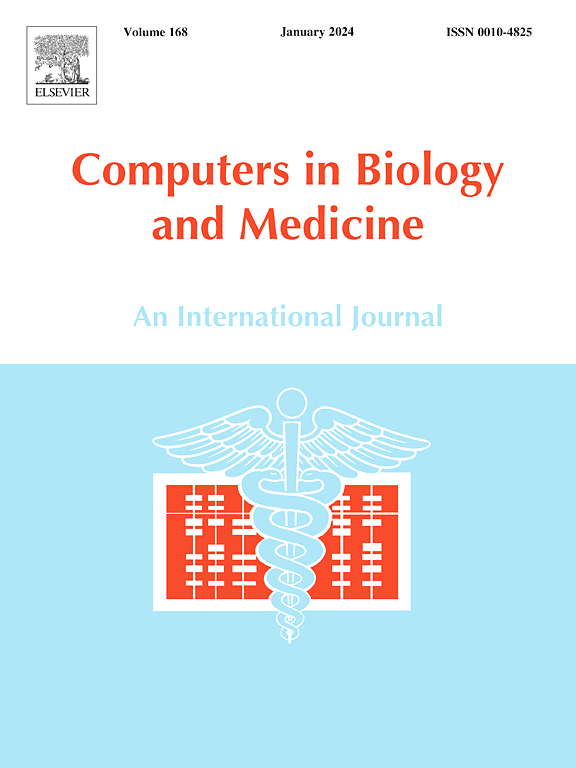SegElegans: Instance segmentation using dual convolutional recurrent neural network decoder in Caenorhabditis elegans microscopic images
IF 7
2区 医学
Q1 BIOLOGY
引用次数: 0
Abstract
Caenorhabditis elegans is a great model for exploring organismal, cellular, and subcellular biology through optical and fluorescence microscopy, with its research applications steadily expanding. However, manual processing of numerous microscopic images is prone to errors and demands significant labor due to worms tendency to touch or cluster with each other. Here, we present a new system for segmenting whole-body instances of Caenorhabditis elegans in microscopic images (referred to as SegElegans), employing a combination of neural network architecture and conventional image processing techniques. Our method effectively overcomes previous challenges and resolves many instances of contact and overlap between worms in highly populated images in a timely manner. The results obtained show an average Intersection over Union value of 96.3% per worm and an average improvement of 6% over other existing methods for automated analysis of worm images. SegElegns is a user-friendly application for Caenorhabditis elegans segmentation that will benefit whole-worm phenotypic screenings essential for studying development, behavior, aging, and disease.

求助全文
约1分钟内获得全文
求助全文
来源期刊

Computers in biology and medicine
工程技术-工程:生物医学
CiteScore
11.70
自引率
10.40%
发文量
1086
审稿时长
74 days
期刊介绍:
Computers in Biology and Medicine is an international forum for sharing groundbreaking advancements in the use of computers in bioscience and medicine. This journal serves as a medium for communicating essential research, instruction, ideas, and information regarding the rapidly evolving field of computer applications in these domains. By encouraging the exchange of knowledge, we aim to facilitate progress and innovation in the utilization of computers in biology and medicine.
 求助内容:
求助内容: 应助结果提醒方式:
应助结果提醒方式:


